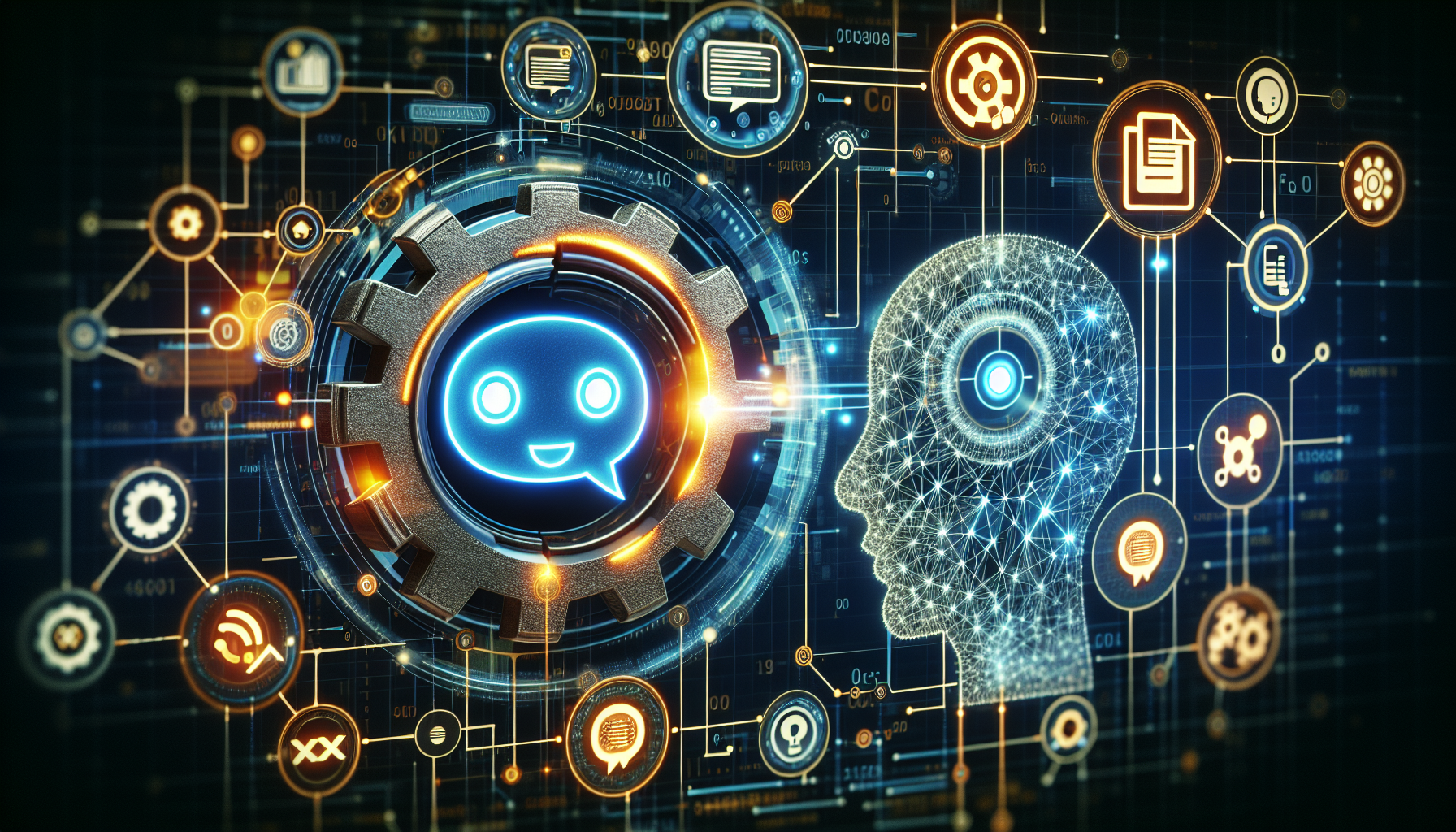Understanding CRM Systems
Customer Relationship Management (CRM) systems are software applications designed to help businesses manage interactions with current and prospective customers. They centralize customer data, streamline processes, and improve profitability. These systems are crucial for sales management, customer service, and marketing automation, making them indispensable for modern businesses. Popular CRM platforms include Salesforce, HubSpot, Zoho, and Microsoft Dynamics.
The Role of ChatGPT in Business Communication
ChatGPT, developed by OpenAI, is a powerful AI language model that can assist businesses in various capacities—from drafting emails to generating reports. Its ability to understand and generate human-like text makes it an ideal companion for CRM systems.
Integrating ChatGPT with CRM can enhance efficiency in workflows. It allows for the automation of responses, data entry, and customer interaction, freeing up human resources for more strategic tasks.
Assessing Your Needs
Before implementing a ChatGPT-CRM integration, evaluate your business needs:
-
Identify Pain Points: Determine where bottlenecks exist. Is it in customer support? Lead generation? Understanding customer sentiments?
-
Define Objectives: Clarify what you hope to achieve with the integration. Common goals include reducing response times, improving customer satisfaction, and automating data entry processes.
-
Choose the Right CRM: Ensure that your chosen CRM system has an API or other means of integration with ChatGPT. Popular systems like Salesforce and HubSpot provide extensive documentation for integration.
Setting Up ChatGPT with Your CRM
Step 1: API Access
Depending on your CRM system, you may need to generate an API key. This key is crucial for allowing ChatGPT to communicate with your CRM seamlessly.
- Log in to your CRM account.
- Navigate to the API settings section.
- Generate or retrieve your API key, ensuring you keep it secure.
Step 2: Choose an Integration Method
Integration can be achieved through various methods:
- Zapier: A popular automation tool that connects apps without having to write code.
- Custom Scripts: For developers, writing custom scripts using Python or JavaScript may provide more control and tailored solutions.
Step 3: Configuring ChatGPT Workflows
Define workflows that will utilize ChatGPT. Consider these scenarios:
- Automated Email Responses: Configure triggers based on customer inquiries that prompt ChatGPT to draft personalized responses.
- Data Entry Automation: Use ChatGPT to process information from customer messages and auto-fill forms within the CRM.
- Generating Reports: Leverage ChatGPT’s capabilities to compile and summarize customer interactions into insightful reports.
Implementing Automation in Workflows
Setting Up Triggers
Establish triggers in your CRM that prompt actions by ChatGPT. For instance, when a new lead is entered or when a support ticket is opened.
Sample Trigger Workflows
-
Lead Qualification: When a lead fills out a form, ChatGPT can analyze the information and update lead scores based on predefined criteria.
-
Follow-Up Reminders: Automate follow-up alerts in the CRM after a conversation has occurred.
-
Customer Feedback Collection: Use ChatGPT to send automated responses post-interaction asking customers for feedback, which can be logged directly into the CRM.
Best Practices for ChatGPT-CRM Integration
-
Maintain a Human Touch: While automation enhances efficiency, it’s essential to maintain human oversight. Ensure there’s always an option for customers to interact with a human representative.
-
Regular Updates: Keep ChatGPT responses current. Regularly update training data, especially in dynamic industries where customer preferences and concerns evolve.
-
Monitor Performance: Utilize analytics tools within your CRM to assess the performance of the integration. Key metrics to track include response time, customer satisfaction scores, and lead conversion rates.
-
Training and Documentation: Educate your team on using the new system effectively. Create documentation and offer training sessions to ensure everyone is equipped to work seamlessly with the integration.
-
Feedback Loop: Set up a mechanism to gather user feedback continually. This can help refine workflows and enhance both the ChatGPT model and the CRM system based on user experience.
Case Studies and Examples
Example 1: E-commerce Use Case
An online retail business integrated ChatGPT into its HubSpot CRM to manage customer inquiries efficiently. By automating responses to FAQs and complaints, they reduced response time by 50% and increased customer satisfaction scores significantly. This hybrid approach allowed customer service agents to focus on more complex issues, thereby enhancing overall service quality.
Example 2: Real Estate Agency
A real estate agency employed ChatGPT to assist in managing leads through Salesforce. By automating initial inquiries and scheduling appointments, the agency improved lead conversion rates by 30%. The chatbot handled preliminary communications, while agents focused on closing deals.
Overcoming Challenges
Despite the clear benefits, integrating ChatGPT with CRM can face challenges:
-
Data Privacy Concerns: Always ensure compliance with data protection regulations such as GDPR or CCPA. Encrypt sensitive data and limit access.
-
Technical Issues: Integration might require troubleshooting, especially if using custom scripts. Have a dedicated tech support team ready to address issues promptly.
-
User Acceptance: Encourage team members to embrace this technology by highlighting benefits and ensuring they are comfortable using it through training sessions.
Future Trends
As AI continues to evolve, the possibilities for integrating ChatGPT with CRM systems are expanding. Future trends may include:
-
Enhanced Natural Language Processing: Improvements in conversational AI will facilitate more human-like interactions.
-
Deeper Integrations: Future CRM tools may come with built-in AI capabilities, allowing for smoother transitions between various business functions.
-
Predictive Analytics: Combining AI capabilities with CRM systems for predictive analytics will allow businesses to anticipate customer needs proactively.
Conclusion: Continuous Improvement
Creating efficient workflows with the integration of ChatGPT and CRM systems is an ongoing journey. By regularly assessing your processes, adopting best practices, and staying informed about technological advancements, your business can continuously improve its workflows, customer interactions, and service delivery. Through such innovative strategies, you can cultivate a more engaged and satisfied customer base, ultimately driving business success.


